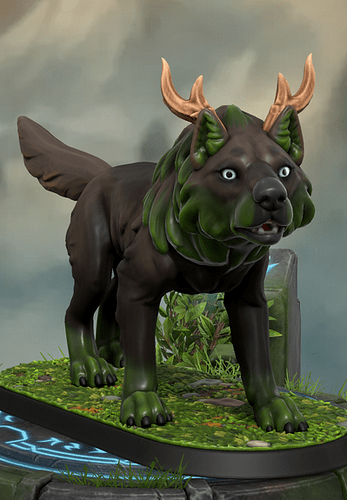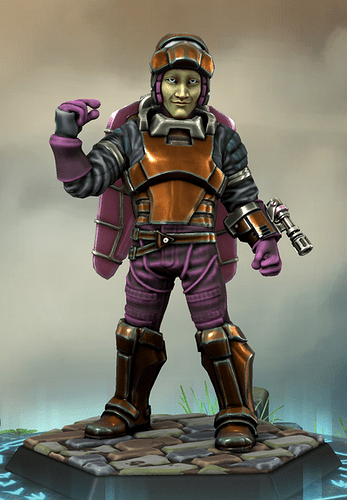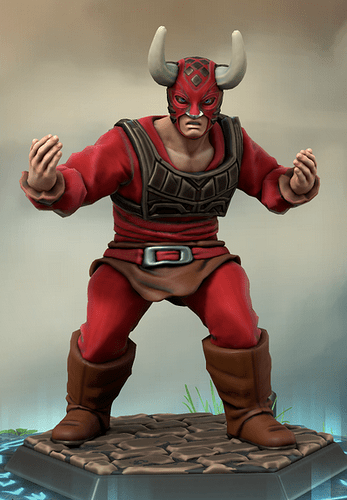Princess Skorni
Real Name: Skorni Var Kellis Shanaar Reginant Fres III, First Appearance: Vanguards! #23, September 1960
Lieutenant Type: Enemy
Die Size: d12
Motive: Destruction, Approach: Physical
Traits:
- Sticky Punch: When Princess Skorna Attacks a nearby target, she also Hinders them with the result.
The Vanguards’ primary foes in their early years were members of the Jotari Authority and their minions, but they also tangled with human scientists misusing dimensional science and with other enemies that they encountered while searching nearby dimensions for signs of Jotari incursions. One of the earliest of these enemies, and one who would prove to be surprisingly resilient, was Princess Skorni of Shanaar.
Shanaar was a pocket dimension near Earth, populated by an alien race also called the Shanaar. The Shanaar were ruled over by the cruel Princess Skorni, the latest in a long line of powered rulers with insectoid abilities. In her case, the Princess could create spiderlike webbing that she used to climb walls, ensnare foes, and beat the snot out of them with her incredible strength. She ruled by fear, living large off the production of her people, and when she discovered that the dimensional damage being caused by the Jotari had opened a path to Earth, she was quick to send her minions to start pillaging. This proved to be a disastrous mistake; the Vanguards responded quickly, chasing the Shanaar warriors back to their home, and then engaged with and defeated the Princess directly, overthrowing her and helping Shanaari rebels establish a democratic government for their small planet.
Escaping execution for her crimes, Princess Skorni managed to make her own way to Earth, where she vowed retribution against the Vanguards, against her ungrateful people, against the society that had created the idea of democracy – which she viewed as a personal affront – and generally against the universe for making someone as beautiful and powerful as her suffer. Skorni didn’t have any particular means of taking her revenge, however; she was powerful, but without a nation behind her she knew she was no match for the Vanguards. So instead, she just started doing odd jobs for Earth’s villains, delighting in taking part in any plot that would make the Vanguards suffer and get a few of the luxuries that she missed from her time ruling.
Ultimately, Princess Skorni founded the Malefactors, a team of villains who were more interested in wrecking havoc than making money. Their exact membership varied; both Princess Skorni and Mr. Murk were consistent members, joined by a rotating cast of two or three other villains. They would fight against a variety of heroes, depending on their personal vendettas at the time.
Behind the Scenes:
The early 1960s introduced a lot of alien dictators with ridiculous names that were just english words with a few letters changed. Skorni jumps into that, with the twist that she loses her kingdom almost instantly and spends the entire rest of comics history being very mad about how she used to be royalty and now she’s not and it’s not fair and she will break your face open until she feels better.
The addition of the Malefactors is a small piece; I’ll probably mention them from time to time, but they’re a small-time group that’s just important enough to be known to folks without having many big plots. It also gives me a chance to bring back Mr. Murk, and open up Skorni to fight people other than the Vanguards.




